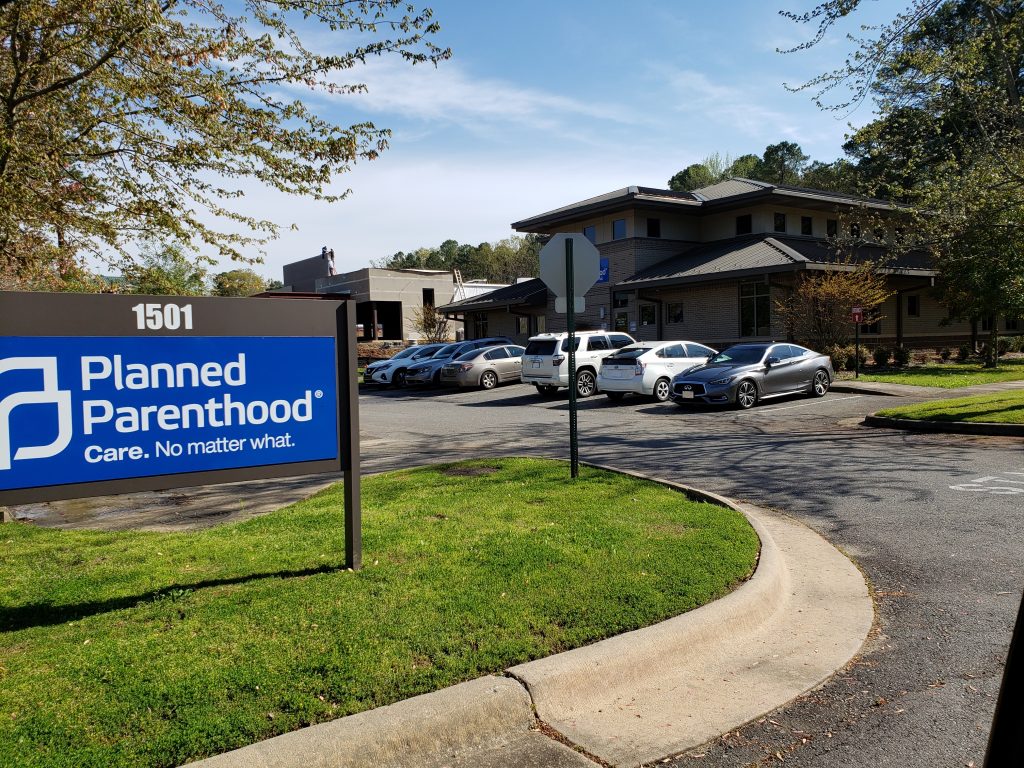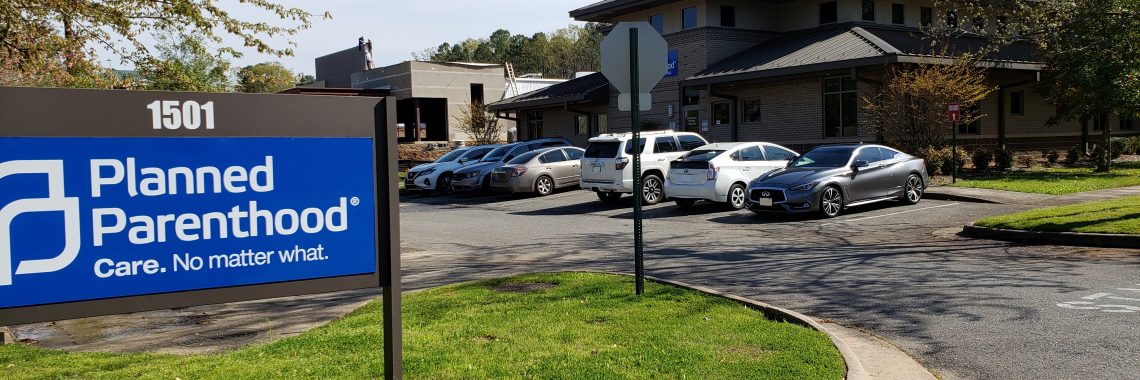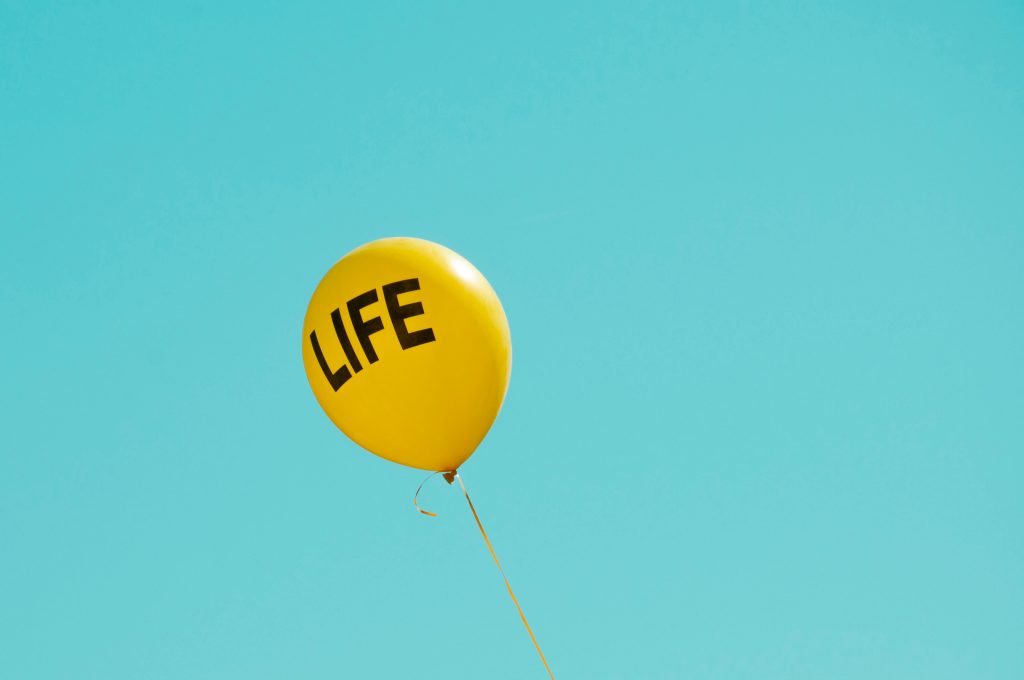Bill Filed to Strengthen State Law On Abortion Facilities

On Wednesday Sen. Dan Sullivan (R – Jonesboro), Rep. Joe Cloud (R – Russellville), and Rep. Robin Lundstrum (R – Springdale) filed S.B. 388 amending Arkansas law concerning abortion facilities.
The bill requires any facility that performs abortions to be licensed by the Arkansas Department of Health as an abortion facility, and it prohibits abortions in hospitals except in cases of medical emergency.
Under current law, a facility does not have to be licensed as an abortion facility unless it performs ten or more abortions in any given month.
That means a clinic could perform up to nine abortions per month — or 108 abortions per year — without being licensed and inspected as an abortion facility.
Arkansas currently has two licensed abortion facilities — both of which are in Little Rock — but it’s possible some abortions are taking place at unlicensed facilities around the state.
S.B. 388 will help ensure that every clinic that performs abortions follows all of Arkansas’ laws concerning abortion facilities. This has the potential to save many women and unborn children from abortion.





